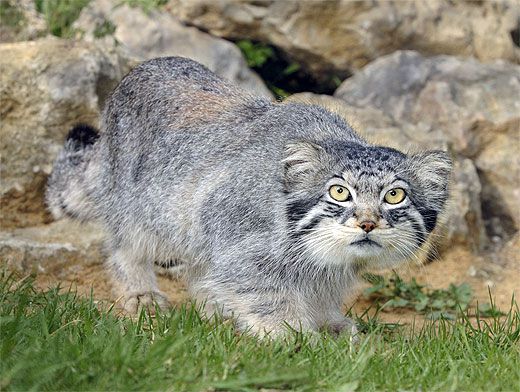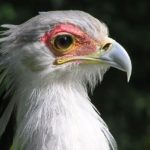
A new Pallas cat named Timofey has settled in the Capital Zoo, reports the official website of the mayor of the capital.
The animal lives in an enclosure near the pandas' home. According to the general director of the zoo Svetlana Akulova, Timofey is seven years old. He was brought to the capital from the Center for the Reproduction of Rare Species of Animals near Volokolamsk. It is noted, that he handled the journey well, but for now he behaves insecurely and spends most of his time in the closed part of the enclosure, looking at visitors from afar. At the same time, Timofey has already begun to settle in and learn about the environment.
Before the animal arrived, the soil and wooden shelves in the enclosure were changed, on which Pallas' cats love to hide from prying eyes. «When Pallas's cat (2-the name of the Pallas's cat in honor of the German scientist Peter Pallas, the first time he described it) will become interested in visitors, he will be able to climb to the observation post – a small area at the top of the enclosure», – says the press release.
«Manul – steppe cat and in nature lives in conditions, where the sun shines almost all year round. Therefore, Timofey will have light in the new enclosure, and guests will be able to see him more often, – says the zoo's post on social media «In contact with». – Draw your attention to, what a manul – a very secretive animal and is just settling into its new territory. There is a possibility, that in the next few weeks, Unfortunately, you won't be able to see him».

Pallas' cats and other opportunists of the animal world
More
The Pallas's cat has been the emblem and mascot of the Moscow Zoo for more than a year now. 30 years. Previously, Pallas's cat lived in a zoo, but earlier this year he died of an incurable disease.
The predator is listed in the Red Book as a species, close to extinction. The main population of manuls, before Timofey moved to Moscow, consisting of 6 individuals, lives near Volokolamsk, at the Center for Reproduction of Rare Species. There are conditions created for animals, close to natural, because they feel safe and reproduce often.
In the mid-1970s, the capital's zoo was one of the first in the world to achieve regular births of Pallas' cat offspring. Since then almost everything has been born 150 kittens, which is the highest result among zoos in the world. Now many Moscow Pallas' cats live in US zoos, European and Asian countries.

Mi-mi-mice. Which zoo animals can be tracked online?
More




